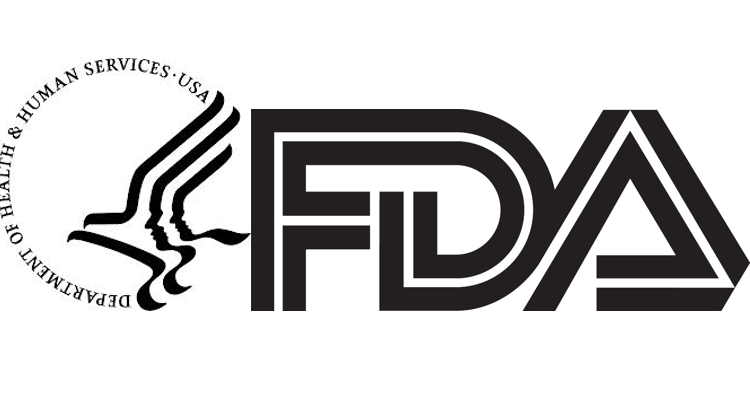In response to reports questioning the FDA’s inspections and oversight of generic drugs, FDA Commissioner Scott Gottlieb and Center for Drug Evaluation and Research Director Janet Woodcock wrote an extended statement defending the agency’s record. “We believe these interpretations are seriously flawed and do not account for the full picture of our global vigilance over generic drug manufacturing,” Gottlieb and Woodcock stated.
Generics and Inspections
Bloomberg’s article notes the FDA approved a record 971 generic drugs in the fiscal year ending Sept. 30, according to a report from the accounting firm PricewaterhouseCoopers. That was a 94 percent increase over fiscal 2014, when 500 were approved. Yet the number of surveillance inspections done globally by the FDA—meant to ensure existing drug-making plants meet U.S. standards—dropped 11 percent, to 1,471, in fiscal 2018 from fiscal 2017. Those inspection numbers also decreased in fiscal 2017, which included Gottlieb’s first few months in office, falling 13 percent from the prior year.
Surveillance inspections of just U.S. drug factories declined 11 percent, to 693, from fiscal 2017 to fiscal 2018, the lowest going back for at least a decade, the data show. Such inspections have been falling since 2011, as the agency began focusing more on foreign manufacturers. From fiscal 2017 to fiscal 2018, surveillance inspections of foreign factories fell 10 percent, to 778. This was the second year-over-year decline, after surveillance inspections of foreign factories dropped 9 percent from fiscal 2016 to fiscal 2017, reversing a trend of rising inspections over most of the previous decade. One marked exception to the recent drops: India, where inspections jumped 18 percent in fiscal 2018.
“While the numbers of inspections have varied over the past few years, compliance actions, including warning letters, have increased,” Gottlieb and Woodcock stated. “In fact, in FY 2018, CDER issued nearly five times as many warning letters to human drug manufacturers as it did in FY 2015.” They added, “the FDA’s improvements to targeting inspections and in evaluating recommendations for enforcement action mean more attention is being given to higher risk facilities than ever before. By better focusing our inspectional resources on higher risk facilities, we can identify potential quality problems that have the most impact on consumers. Then, we can take appropriate action to address our public health concerns.”
Other FDA Responses
Gottlieb and Woodcock raise a number of arguments to defend the agency’s work. Regarding generic drugs, for example, they note: “The FDA’s generic drugs program conducts a rigorous assessment before a generic drug is approved to ensure generic drugs meet these requirements. In addition, the FDA conducts inspections of manufacturing plants, ensuring compliance with the agency’s requirements on good manufacturing practices.” Internationally, they describe the FDA’s risk-based strategy “to focus inspectional resources on higher risk facilities and works closely with our international regulatory partners in Europe to avoid duplication of inspections. For instance, while surveillance inspections declined slightly in China from 2017-18, inspections in India have increased substantially. Among other things, the number of inspections in any given country reflects our risk-based prioritization of our inspections and improvements in our targeting; our increasing ability to leverage inspectional work done by trusted partners, especially in Europe; and a higher number of pre-approval inspections.”

